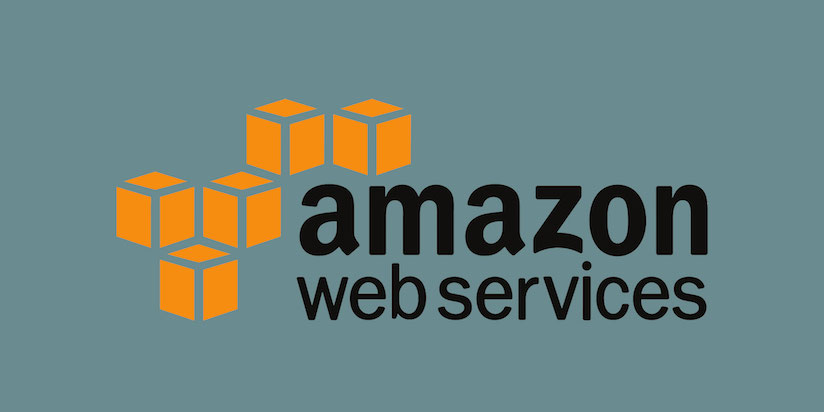Amazon Web Services (AWS) is a collection of remote computing services, also called web services that make up a cloud computing platform by Amazon.com. The well-known and most central of these services are Amazon S3 and Amazon EC2. The service has been advertised as providing a large computing capacity much cheaper and faster than building a physical server farm. AWS has been located in 11 geographical “regions”: US West (northern California), US East (Northern Virginia), where the majority of AWS servers are based, US West (Oregon), Europe (Ireland and Germany), Brazil (Sao Paulo), Southeast Asia (Singapore), Australia (Sydney) and East Asia (Tokyo and Beijing). Every Region is totally contained within a single country and all of its services and data stay within the designated Region. Some important products offered by Amazon AWS along with their services: Amazon Route 53 offers a highly scalable and available Domain Name System (DNS) web service; Amazon Virtual Private Cloud (VPC) creates a logically isolated set of Amazon EC2 instances which might be connected to an existing network by employing a VPN connection; AWS Direct Connect offers dedicated network connections into AWS data centers, offering cheaper and faster data throughput; Amazon Simple Storage Service (S3) provides Web Service based storage; Amazon Glacier offers a long-term, low-cost storage option; AWS Storage Gateway is an iSCSI block storage virtual appliance having cloud-based backup; Amazon Elastic Block Store (EBS) offers persistent block-level storage volumes for EC2. AWS Export/ Import, accelerates moving greater amounts of data into and out of AWS by employing portable storage devices for transport; Amazon CloudFormation offers a file-based interface to provision other AWS resources; AWS Elastic Beanstalk provides quick management and deployment of applications in the cloud. Taking advantage of Amazon Web Services will therefore enable you to concentrate on your core competencies and leverage the resources and experience Amazon offers.
